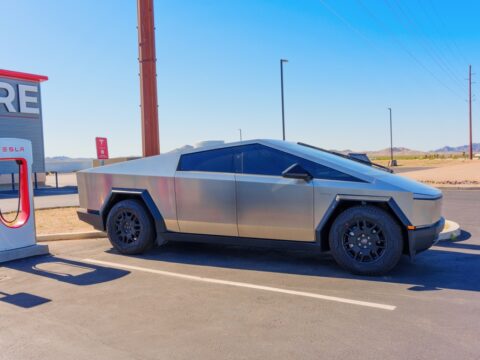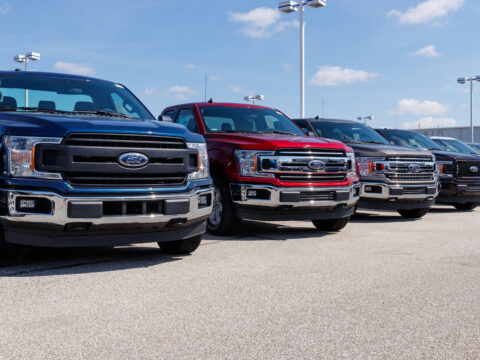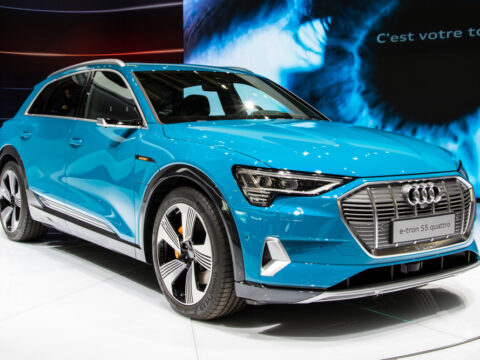Classic muscle cars are icons of American automotive history, known for their raw power and bold designs. However, despite their appeal, these vehicles weren’t without their engineering flaws. From overheating engines to weak suspensions, many common issues affected their performance and reliability. Let’s explore 15 of the most frequent engineering mistakes found in these legendary cars and how modern solutions can address them.
Contents
Overheating in High-Performance Engines
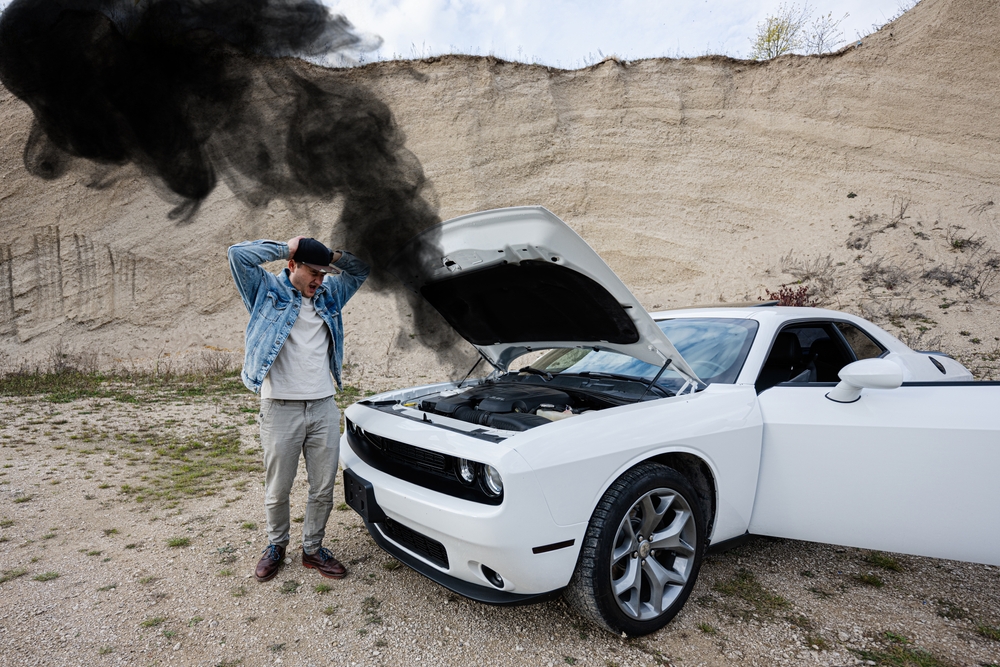
While classic muscle cars boasted impressive power, their cooling systems often couldn’t keep up. Engines frequently overheated, especially in stop-and-go traffic or during aggressive driving. This was due to radiators and cooling fans that were simply too small for the job. To combat this today, enthusiasts often upgrade to larger radiators and install electric fans for better heat management.
Ineffective Braking Systems
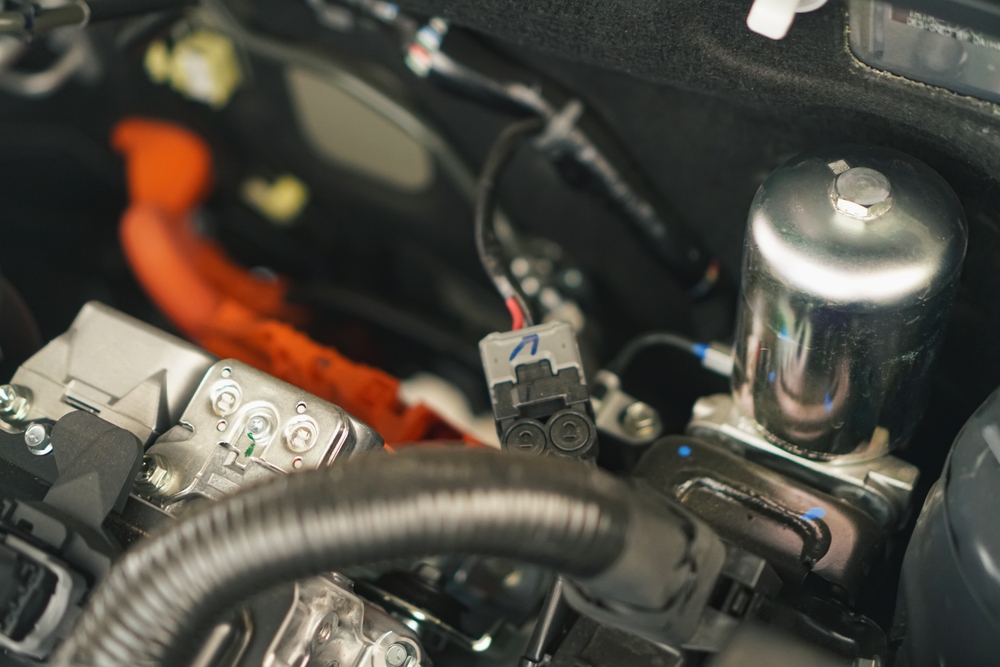
Muscle cars were designed for speed, but their braking systems were a major flaw. Most were equipped with drum brakes, which faded quickly under heavy use, especially at high speeds. This left drivers with longer stopping distances, increasing the risk of accidents. Modern upgrades to disc brakes have become a common fix for this safety concern.
Weak Suspension Design
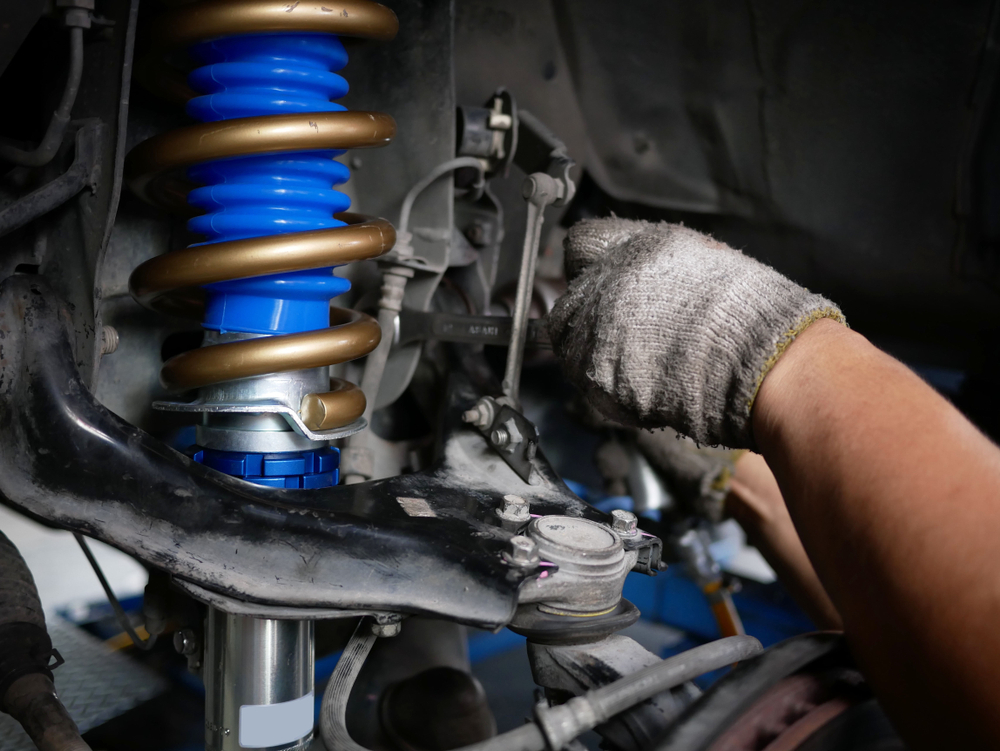
The suspension systems in classic muscle cars were not up to the task of handling the vehicles’ power and speed. Basic shock absorbers and leaf springs contributed to poor handling, especially around sharp turns. Consequently, drivers often felt instability when pushing their cars to the limit. These days, many restorers install modern suspension systems to improve performance and stability.
Inefficient Fuel Delivery Systems
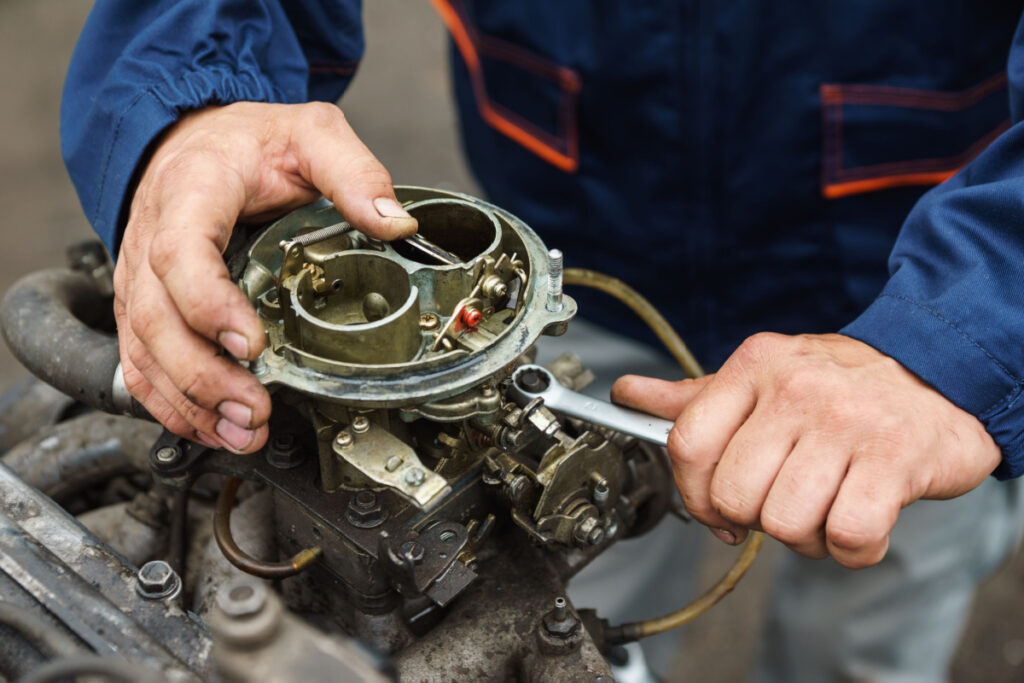
Carburetors were standard in classic muscle cars but often plagued with inefficiencies. They required frequent tuning and were prone to flooding or running lean, which impacted both performance and fuel economy. Inconsistent fuel delivery led to sputtering engines, especially under hard acceleration. Swapping to modern electronic fuel injection systems is now a popular solution.
Lack of Structural Rigidity
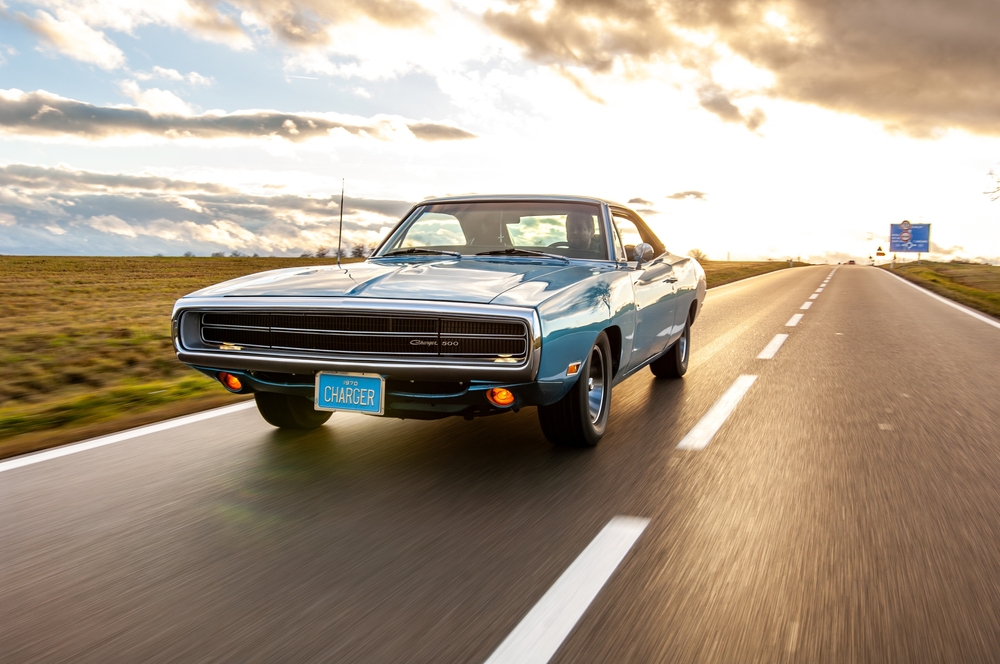
Muscle cars generated a lot of torque, but their frames were often too weak to handle the stress. Over time, chassis flexing would occur, which not only affected handling but could also lead to long-term body damage. This issue often caused misaligned panels or even frame cracks. Today, enthusiasts reinforce the chassis with modern technologies to increase rigidity.
Weak Rear Axles
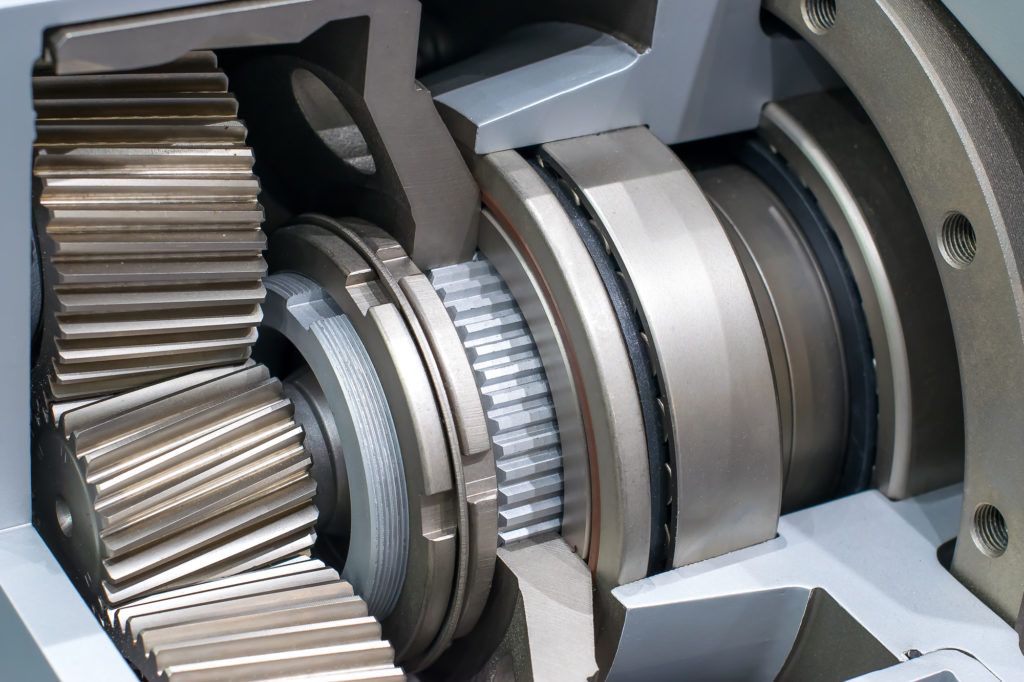
Many muscle cars came with rear axles that were simply not strong enough for the immense torque generated by high-output engines. Under hard acceleration, these axles were prone to snapping or failure, especially in vehicles equipped with big block engines. Owners now frequently upgrade to stronger rear axles or install limited-slip differentials to prevent such problems.
Exhaust Heat Management Problems

Excessive heat from exhaust systems often plagued classic muscle cars, especially in the engine bay. Poor heat dissipation would cause components like wiring and hoses to deteriorate prematurely. This heat buildup also contributed to under-the-hood temperatures that could damage vital systems. Installing ceramic-coated headers and heat wraps is now a common practice for controlling this issue.
Heavy Body Weight
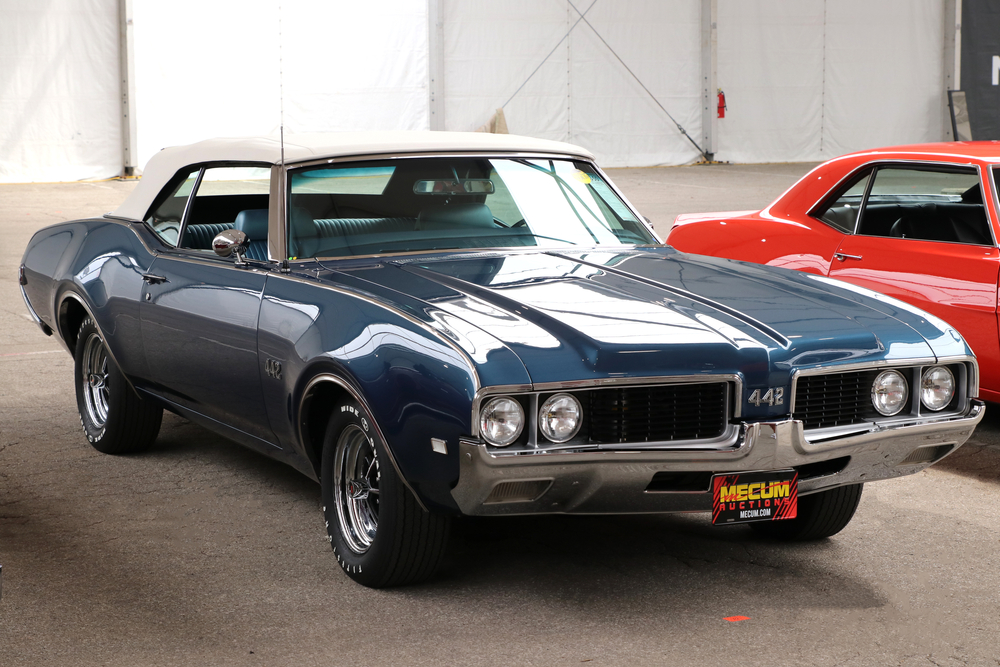
Classic muscle cars were built with heavy steel bodies that increased their overall weight. This extra mass negatively impacted acceleration, braking, and fuel efficiency. Although the cars were durable, the trade-off was poorer performance in comparison to lighter vehicles. Modern restorers often opt for lighter materials like fiberglass or aluminum to reduce the weight without sacrificing durability.
Poor Aerodynamics
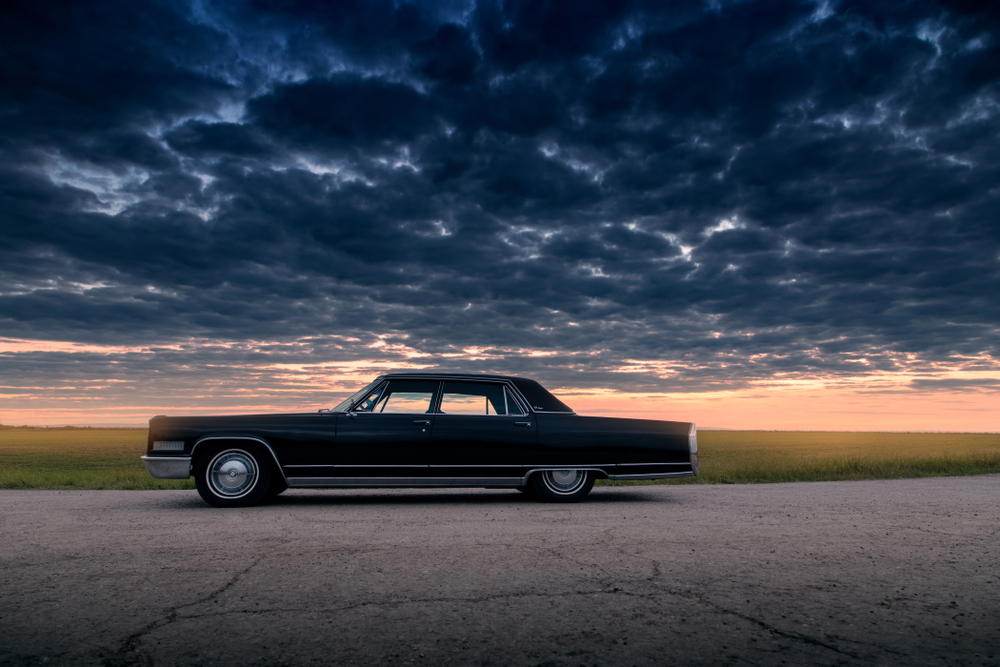
The boxy shapes and wide front grilles of classic muscle cars were visually striking but created substantial drag at high speeds. This poor aerodynamic design hindered top-end performance and made the vehicles less fuel-efficient. Today, subtle aerodynamic tweaks like front air dams or rear spoilers are sometimes added to restorations to enhance speed and handling.
Unreliable Electrical Systems
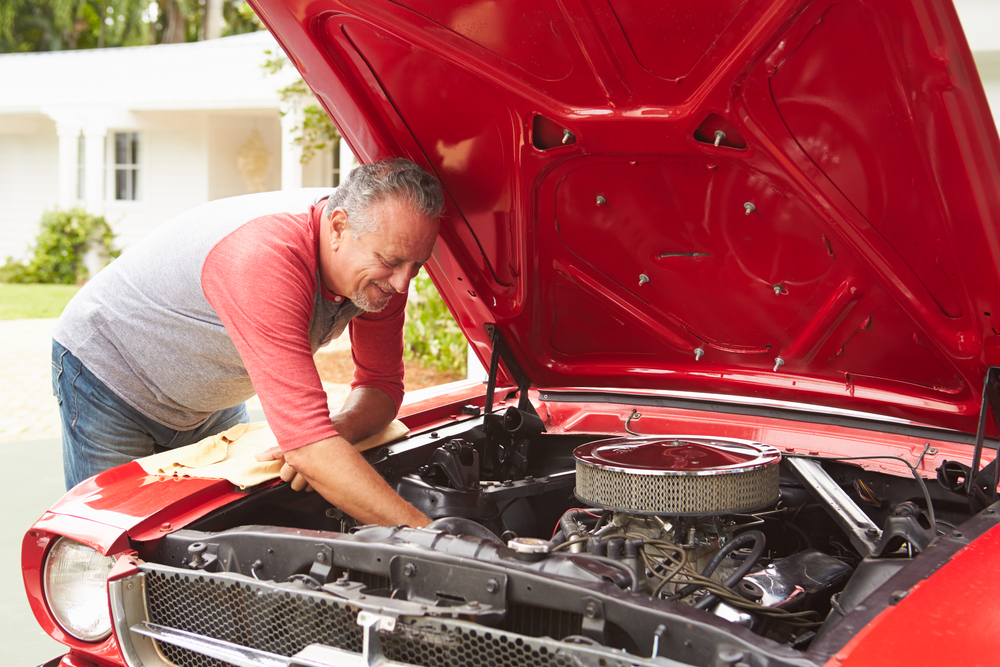
Classic muscle cars often came with underpowered electrical systems. The alternators installed were usually not capable of supporting modern accessories or aftermarket upgrades, leading to electrical failures or drained batteries. Wiring issues were also common due to outdated designs. Many restorers now upgrade to high-output alternators and install new wiring harnesses to prevent these issues.
Front-Heavy Weight Distribution
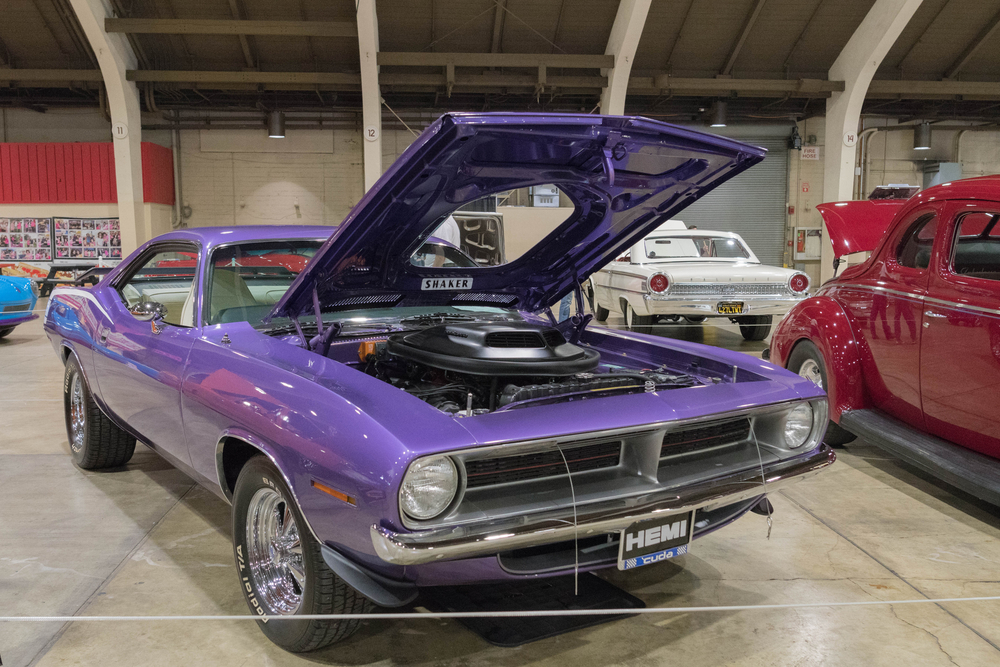
Due to the placement of large, heavy engines at the front, many muscle cars had poor weight distribution. This imbalance resulted in understeer, where the front wheels failed to grip properly during sharp turns. Additionally, rear tires struggled to maintain traction under acceleration, especially in wet conditions. By relocating certain components, enthusiasts can achieve a better weight balance.
Limited Tire Traction

Many classic muscle cars came with narrow, hard-compound tires that simply couldn’t grip the road effectively. The lack of traction led to wheel spin during hard acceleration and compromised handling, particularly in sharp turns or during braking. Today, wider, performance-oriented tires with better grip are standard upgrades for improved safety and control.
Poor Fuel Economy
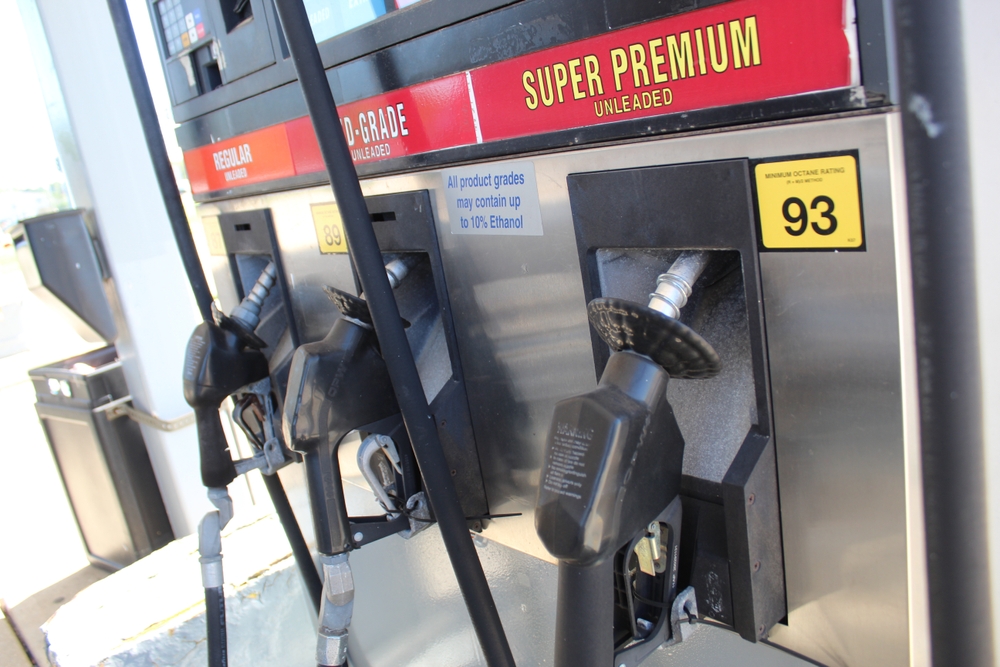
Fuel efficiency wasn’t a priority when muscle cars were built, but the combination of large engines and inefficient carburetors resulted in poor miles per gallon. Many muscle cars could barely manage 10-15 MPG, especially during spirited driving. To address this, restorers often install fuel injection systems and tune engines for better efficiency while maintaining power.
Low-Quality Interior Materials
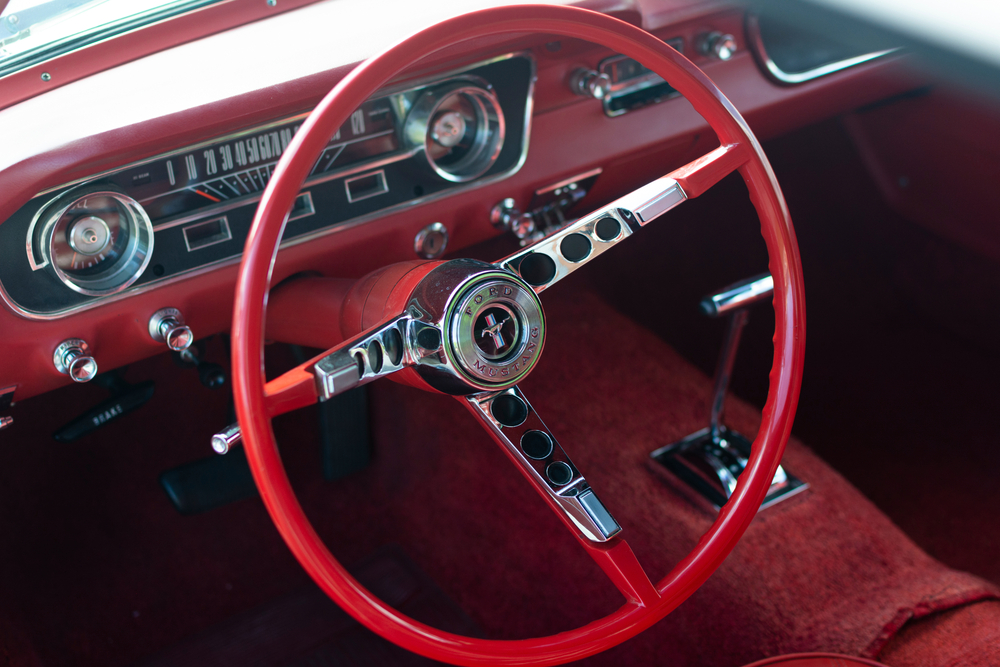
The focus on performance meant that many muscle car manufacturers skimped on interior quality. Low-grade plastics, thin vinyl seats, and minimal insulation were common, leading to a noisy and uncomfortable cabin. Over time, these materials would crack or tear. Modern restorers frequently upgrade the interiors with higher-quality materials and soundproofing to enhance comfort.
Limited Safety Features
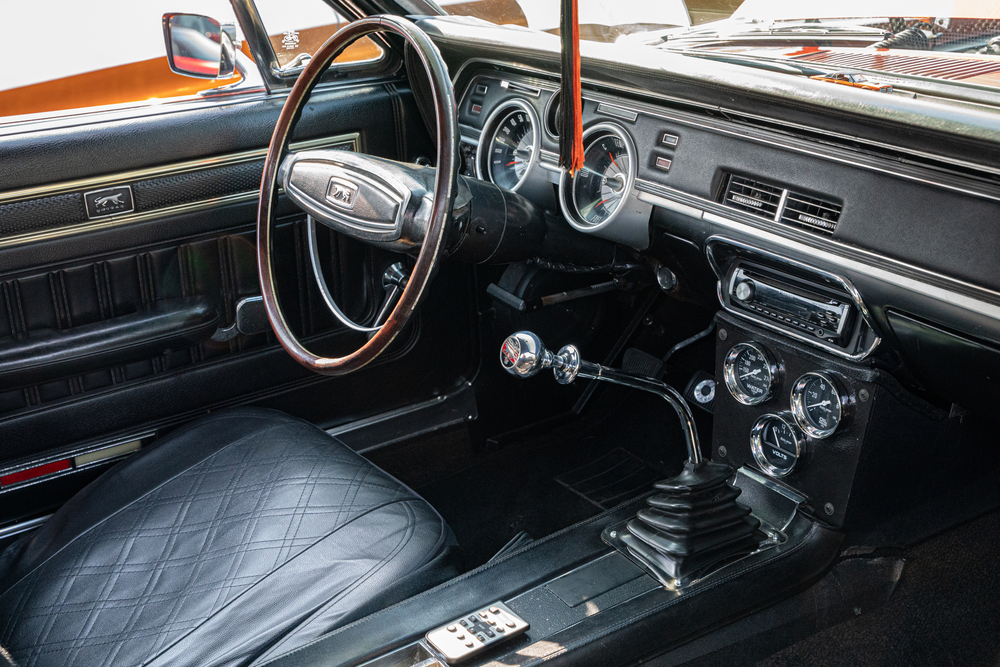
Safety features were minimal in classic muscle cars, as crumple zones, airbags, and three-point seatbelts were not standard. This made them far more dangerous in the event of an accident compared to modern cars. While some safety features can be added during restoration, many enthusiasts focus on improving the braking and handling systems to mitigate risk.
This article originally appeared in MyCarMakesNoise.
More from MyCarMakesNoise
18 Challenges Facing Electric Cars Today

Electric cars have become increasingly popular, but they’re not without their challenges. While they offer impressive technology and eco-friendly benefits, there are still significant drawbacks to consider. Read More.
19 High-Performance Electric Cars That Deliver Incredible Value
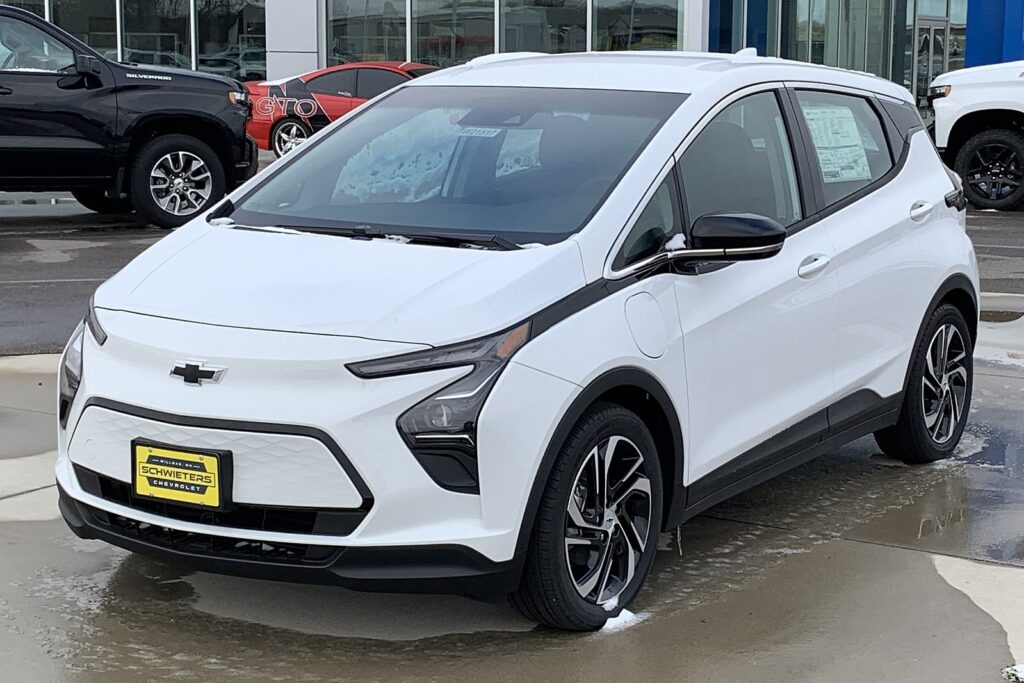
In today’s fast-paced world, electric cars are proving that you don’t have to compromise performance for sustainability. With advancements in technology, many high-performance electric vehicles now offer incredible value, blending speed, efficiency, and affordability. Read More.
20 Budget-Friendly Classic Cars That Are Worth Collecting
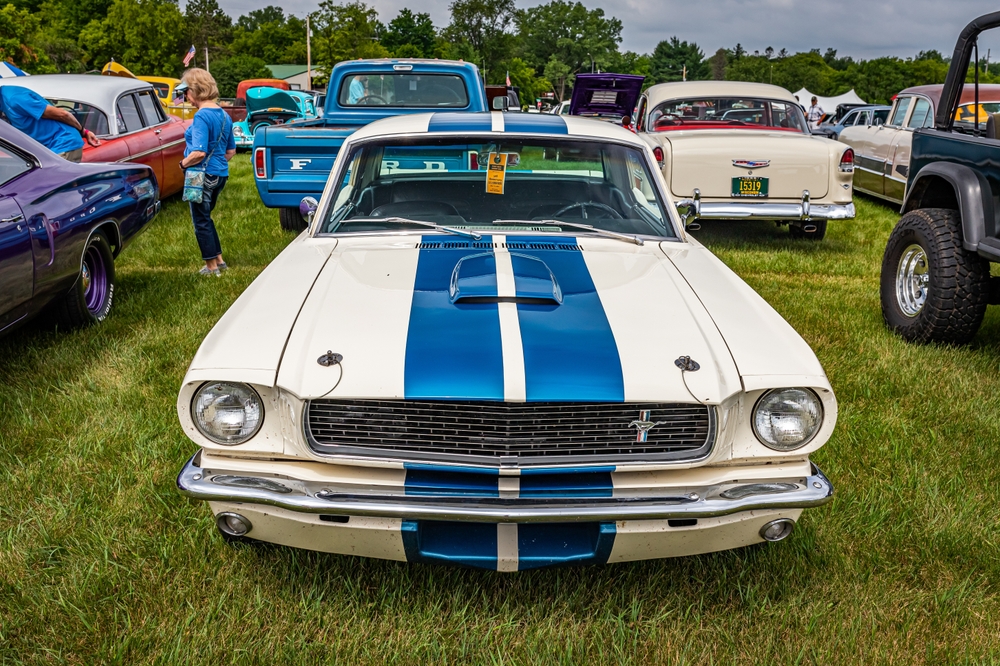
Collecting classic cars doesn’t have to be an expensive hobby. In fact, there are plenty of timeless vehicles out there that won’t break the bank. Whether you’re a seasoned collector or just starting out, our list of 20 affordable classic cars proves you can enjoy the charm and nostalgia of vintage automobiles without draining your savings. Read More.


